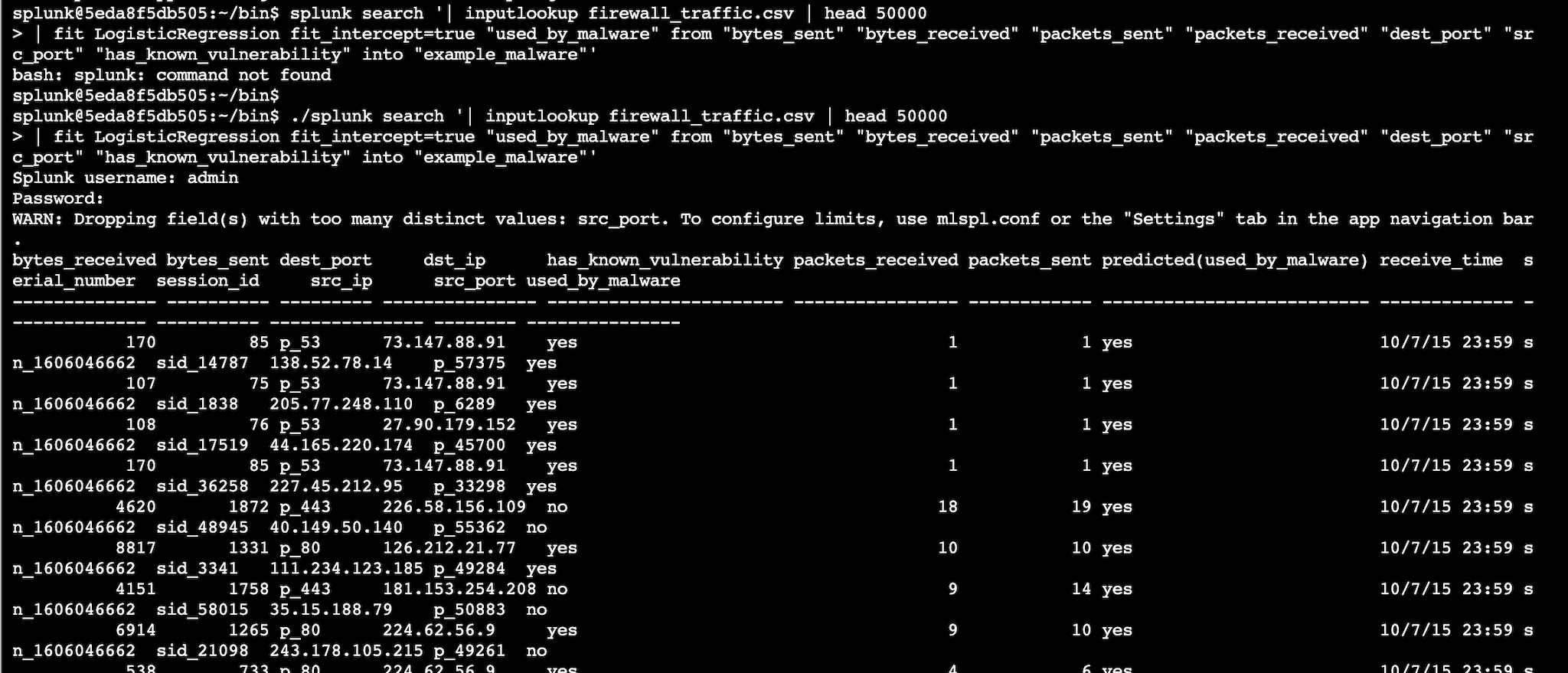

- Outputs conf splunk how to#
- Outputs conf splunk software#
- Outputs conf splunk password#
- Outputs conf splunk download#
If you run official container in the interactive mode, you will: Log into container docker exec -it /bin/bashīut this is not the last surprise. Run container with parameters you need $ docker run -d -p 9997:9997 -e 'SPLUNK_START_ARGS=-accept-license' -e 'SPLUNK_PASSWORD=' splunk/universalforwarder:latestģ. Pull image $ docker pull splunk/universalforwarder:latestĢ. Let's start with the official way which seems weird with the Docker using.

Goal: gather system's logs from the Docker nodes without changing the host's machine configuration And that's not a reason not to write the how-to articles about this product. Even now, when Splunk has stopped sales in the Russian Federation. Splunk is the most known commercial product to gather and analyze logs. The installation arguments for the MSI are detailed in the Splunk documentation. You can do the deployment via the MSI with some configuration flags. In versions of Splunk preceding 7.1, this was automatically set to admin/changeme, but this is now a required parameter due to security concerns around a default password.įor most clients, using the MSI installer with arguments makes the most sense.
Outputs conf splunk password#
Username and password: This should be a unique username and password that will be configured on the Universal Forwarder and used in the event of any configuration changes or troubleshooting needed in the future.We do not recommend specifying the IP address of a deployment server when applying this configuration. This should be a DNS CNAME whenever possible to make future updates or server migrations easier. Deployment Server: This is the host in your Splunk environment that manages configuration on all of your universal forwarders.In order to proceed with either option, you’ll want to first have the following information: When installing this, there are two options: one is using the MSI with arguments, and the other is using the GUI installer. If you’re a Hurricane Labs Managed Splunk Services customer, our support team can advise you on what packages are best suited for your environment and provide the MSI if you don’t have a Splunk account available. For example, newer versions of the Universal Forwarder, such as 8.1.x, don’t support older versions of Windows server, such as Windows Server 2012 or Windows Server 2012 R2. When downloading a Universal Forwarder, pay attention to the versions of Windows that are supported by the package.
Outputs conf splunk download#
In the event you need to download an older version of the Universal Forwarder, those packages are available on the older releases page.įor this process, you’ll want to download the MSI package for your version of Windows. You will need a account to access the download.
Outputs conf splunk how to#
If you’re interested in learning how to install the Universal Forwarder on Linux, click here! Installation Steps Obtain the Installation Packageįirst, download the Splunk Universal Forwarder from Splunk’s download page. In this tutorial, we’ll explore how to deploy the Splunk Universal Forwarder on a Windows machine using the MSI package provided by Splunk. However, if you’re doing a one-off installation of the Universal Forwarder or don’t have a method of deploying MSIs, the installer may be an acceptable option.
Outputs conf splunk software#
Managing the deployment of the Universal Forwarder is best handled via whatever mechanism your organization uses to deploy software packages across machines in your organization. In order to collect logs at scale, it is necessary to deploy the Universal Forwarder to every system where log collection is required. The Splunk Universal Forwarder is the best mechanism for collecting logs from servers and end-user systems.


 0 kommentar(er)
0 kommentar(er)
